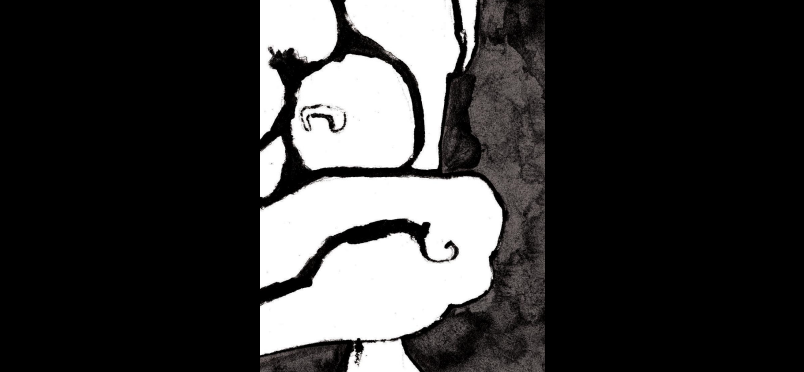| abuse
Post Vasectomy Pain: Opioids vs OTC

No Statistically Significant Difference, But Opioids May Lead to “Persistent Use”
Newswise – Routine use of opioids after vasectomy doesn't improve pain control, but is associated with a substantial rate of persistent opioid use in the months after the procedure, reports a study in the October issue of The Journal of Urology®, Official Journal of the American Urological Association (AUA). The Journal is published in the Lippincott portfolio by Wolters Kluwer.
Nearly eight percent of men prescribed opioids after vasectomy were still taking opioids three to six months later, according to the new research by Cpt. David W. Barham, MD, and colleagues at Tripler Army Medical Center, Honolulu. They write, "In the face of an opioid epidemic urologists should take action to limit prescribing opioids after vasectomy."
Opioids After Vasectomy: No Improvement in Pain Control but Increased Risk of Persistent Use
The study included 228 men who underwent vasectomy at the urology clinic of the authors' military medical center during a 12-month period. The procedures were performed by eight different urologists. Two of the urologists routinely prescribed opioids for pain control after vasectomy.
The other six urologists did not prescribe opioids. Instead they used other strategies for pain control after vasectomy, such as over-the-counter medications (acetaminophen and ibuprofen), scrotal support, and ice. The researchers compared postoperative pain outcomes and persistent opioid use in 102 patients who received opioids and 126 who did not.
Within 30 days after vasectomy, 15.7 percent of patients had a medical encounter (phone call, clinic visit, or emergency department visit) due to scrotal pain. There was no statistically significant difference in medical encounters between groups: 12.7 percent for men who received opioids and 18.4 percent for those who did not receive opioids. Men in the initial opioid group were less likely to receive a subsequent opioid prescription: 1.9 percent versus 9.5 percent.
However, patients who initially received opioids had a significantly higher rate of persistent opioid use at three months of follow-up. "Alarmingly 7.8 percent of patients in the opioid group had new persistent opioid use at 90 days compared to 1.5 percent in the nonopioid group," Dr. Barham and coauthors write. They add that the opioid dosages prescribed were likely "far more than would be required for adequate pain control."
Based on their data, the authors suggest that routine prescribing of opioids after vasectomy would prevent about six percent of encounters for postoperative pain, but with about an eight percent rate of new, persistent opioid use – "an unacceptable trade-off."
Over-prescription of opioids is major contributor to the opioid epidemic, and many patients are first exposed to opioids after surgery. "No amount of opioids has been found safe or free from addiction risk," Dr. Barham and colleague write. The AUA Position Statement on opioid use recommends using opioids only when necessary, at the lowest dose and for the shortest duration possible.
The authors note some limitations of their retrospective study in a U.S. military population. While formal randomized trials would be optimal to guide clinical practice, such trials are unlikely to be performed.
The study provides new evidence that routinely prescribing opioids after vasectomy does not reduce pain compared to other strategies, but does lead to a significantly increased risk of persistent opioid use. Dr. Barham and coauthors conclude, "We hope that this finding will encourage urologists to use greater discretion when prescribing opioids."
Read the press release on Newswise.
Other Categories:
Did you enjoy this article?
Subscribe to the PAINWeek Newsletter
and get our latest articles and more direct to your inbox